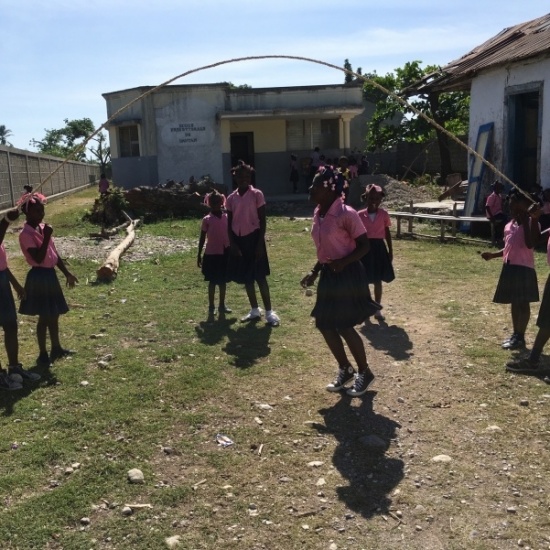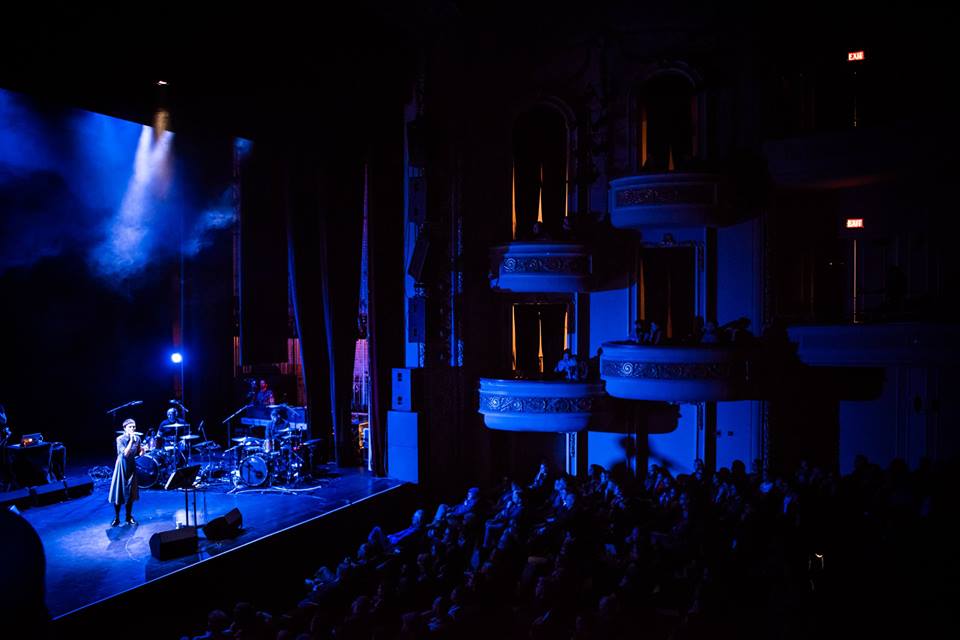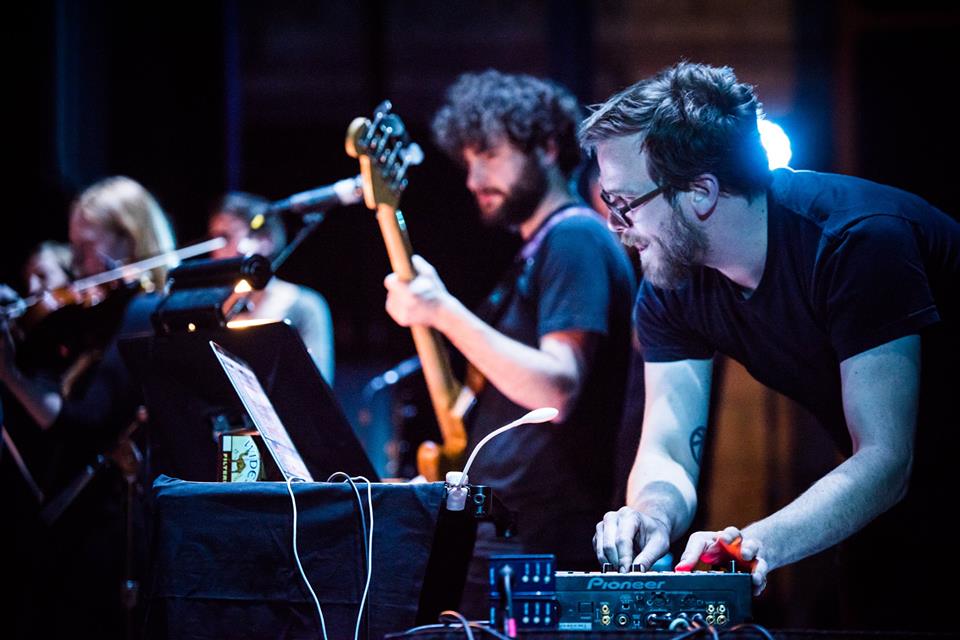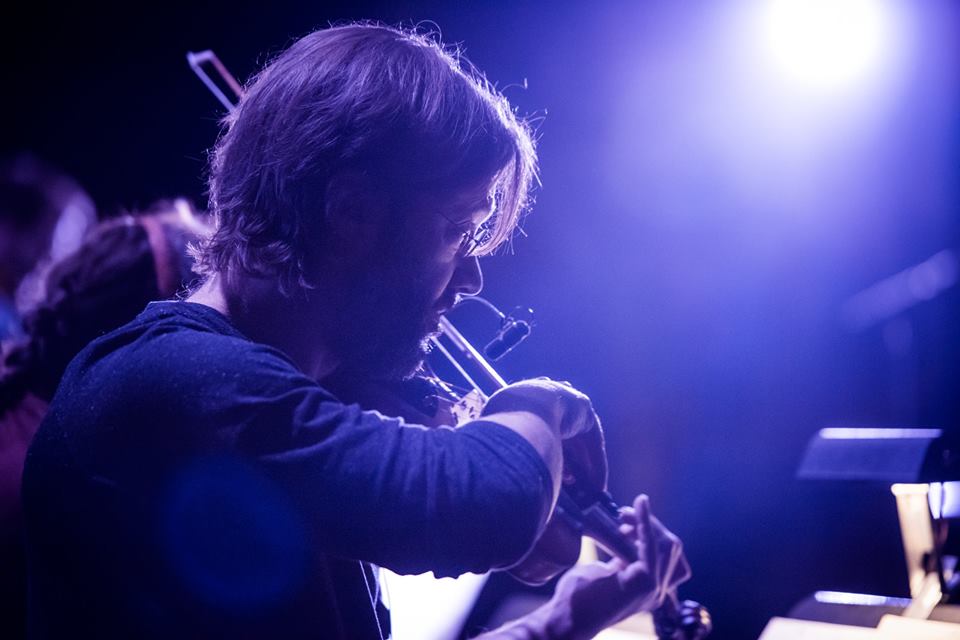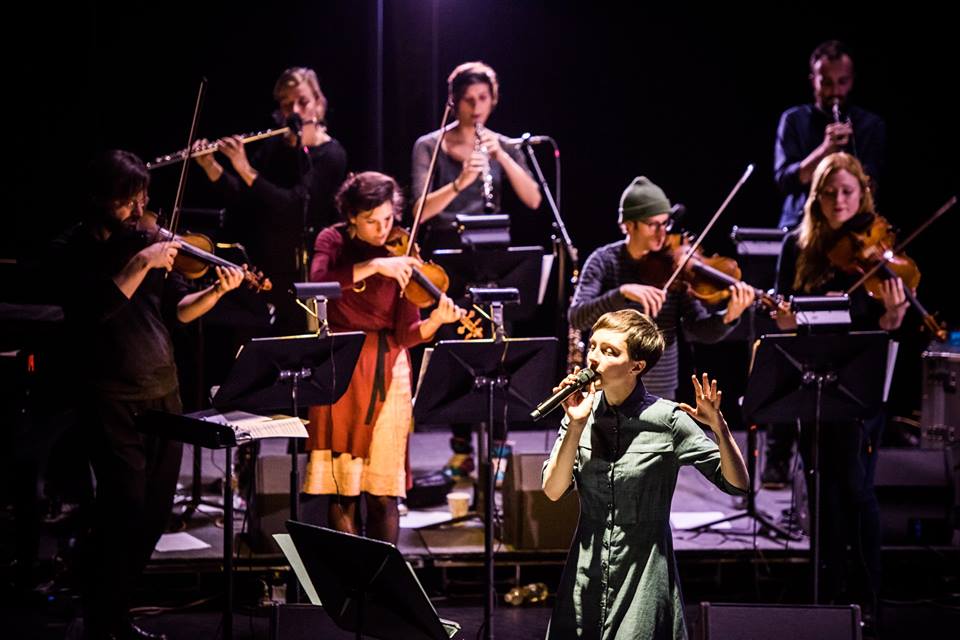Iceland’s Bedroom Community, “a creative hub of sonic geniuses that continues to evolve and produce incredible work” (BlackBook Magazine) is a record label and collective of like-minded musicians who collaborate across a wide breadth of musical projects. On May 9, Liquid Music and the American Swedish Institute are excited to present Bedroom Community and Friends featuring BC's own Valgeir Sigurðsson, Jodie Landau, Sam Amidon and Daníel Bjarnason alongside Finnish Violinist/SPCO Artistic Partner Pekka Kuusisto and Poliça’s Channy Leaneagh for a one-of-a-kind performance on the grounds of the American Swedish Institute’s historic Turnblad Mansion. In addition to founding Bedroom Community and engineering/producing albums for artists like Feist and Björk, Valgeir Sigurðsson is also a prolific composer and producer of his own albums and compositions. In this interview with ASI's Director of Exhibitions, Collections & Programs, Scott Pollock, Valgeir shares his thoughts on the philosophy and process of this innovative collective.
On Gathering Places and The Values of Collaboration
SP: The American Swedish Institute self identifies as a gathering place for all people to share stories and experiences around universal themes of art, culture, migration and the environment. We’ve witnessed an increasingly active agenda coming from the Nordic region around the idea of collaboration, something that happens when you’re purposeful about gathering people together. Bedroom Community (BC) is so successful at bringing musicians from all different parts of the world, and across many musical styles and backgrounds together to create. It’s as if BC is a gathering place for creative music to be explored and experimented with — a place for the unexpected to happen that allows musicians and artists who are gathered together to better understand their own work in relation to others. What is so special about the gathering of musicians and artists together that BC makes possible?
VS: BC was founded on the idea of collaboration in a both direct and indirect way. Collaborations for BC really mean creating platforms for in-depth sharing, being in the same place at the same time to share ideas and make decisions together. It’s often done in ways just one artist or individual might not think of on their own. Collaboration involves opinion sharing, idea sharing and BC has become known as a soundboard of sorts for music and musicians to share. Someone you can trust. Especially if you work alone a lot. Collaboration is great because if you look at some of the most successful bands and the work they produce, you’ll notice that they allow room for each of their members to have different opinions. We built BC around this sort of thing. We wanted to create a space where artists can be interested in each other’s work and encourage each other to do this, that and the other. You get so much encouragement and feedback from ideas that are not your own. That’s valuable. A successful collaboration is something that extends one’s ability to do something. When one plus one equals more than two, then you know it’s been a successful collaboration.
I have to say, I’m really excited that this is slightly unfamiliar territory we’re exploring with this project in Minneapolis. Having the chance to work with an artist like Channy, who is stepping in for Mariam Wallentin due to visa issues, is a great, and somewhat unexpected opportunity for us all at Bedroom Community. While the need to replace Mariam is difficult for many reasons, we’re excited and appreciate the opportunity to create a new adventure and see what happens. Bringing Pekka in is going to be good too. While we’ve worked together before, he is always doing unexpected things and that’s what makes Bedroom Community projects so enjoyable to work on.
On The State of Iceland
Installation from "The Weather Diaries" exhibit at ASI
SP: Many of the stories in The Weather Diaries exhibition project mention something about the creative spaces that Iceland provides. In the exhibition film, one artist mentions that Iceland provides a creative space, in part, because of its geographical isolation and relatively vast landscape alone. And you see that reflected throughout the exhibition in the work in the exhibit and things that are happening in the Western Nordic region. What is it about Iceland that contributes to the success of Bedroom Community?
VS: We all have mixed feelings about why we choose do our work from here. Part of it is simply habit. You know family and where you come from is important and convenient for so many things. But for musicians, doing work from Iceland really has so many positive connotations at the moment. There is support and more interest for music here that’s being accepted and received well. It’s been going really well for people for the last decade. Those are all positive things. But it’s not a utopia, you know. It seems like the press and tourism likes to paint that picture, but all of those things that bring success have their challenges. We, in fact, haven’t had a lot of time to adjust to the success. It’s almost like the Wild West. There’s a lot of uncharted territory. There’s lots of things happening here, but there’s an environmental impact to be aware of. It is like if we get overpopulated and there is so much demand, there’s no place to eat or sleep anymore. That’s going to reflect negatively on what we do. There are all these buses and hotels forcing many people out of the center of the city. Honestly, it’s looking like there’s a bubble about to burst, again. This time slightly different. Maybe not banking, but something is happening. Maybe I’m being too pessimistic. But we have a tendency to go into it too fast or too quickly and we just haven’t had a chance to think about all this success. There’s a feeling that the growth doesn’t feel organic enough. Balance needs to be struck.
On Migration, Identity and Belonging
SP: At ASI, we're exploring the theme of Migration, Identity and Belonging this year. The theme has allowed us to present a suite of exhibitions and programs, like the ASI and SPCO Liquid Music co-presentation of Bedroom Community and Friends. What do these three words mean to you and the work you're doing with Bedroom Community?
VS: Each one separately and together are significant. Migration is so current and important right now. We see it reflected in the fact that Mariam wasn’t allowed to perform with us, despite our plans to do so. The borders that we’re putting up right now, all over in Europe and America are concerning. We’re starting to see things like collaboration being shut down, things that are an essential part of what BC is all about. When we started BC more than ten years ago, the foundation was to really have the freedom to create across borders. I really think BC would be unthinkable if it tried to get going today. So it’s sort of significant for me. On a more current, political context, it’s just kind of depressing to see this massive step backward in politics and policies as it relates to migration. I think we need to just keep making collaborations possible and encourage ideas to migrate, and singing its praise.
Identity is also significant for BC too. When we started BC, we thought about identity a lot. We made a rule that continues today. For every first record we produced, it was important to include an image of the person on the cover. We make sure that the person’s identity is present. That’s so important as a label. We encourage all our artists to establish themselves and their identity early in their career.
On a related note to identity is belonging. BC believes in that sense of belonging to a place where your music was nurtured before it was ever brought to a larger platform. As a record label, we are really proud that we create a sense of belonging in our own community. For example, we know many of the artists we work with will go on and have big careers and produce with other labels. But there will always be a sense of belonging to BC in a way that you can return to. We want to establish strong roots with everyone we work with so they will always feel welcome and a part of BC.
SEE BEDROOM COMMUNITY AND FRIENDS LIVE IN MINNEAPOLIS WEDNESDAY MAY 9 AT 7:30PM AT THE AMERICAN SWEDISH INSTITUTE
FOLLOW LIQUID MUSIC FOR UPDATES AND ANNOUNCEMENTS:
Twitter: @LiquidMusicSPCO (twitter.com/LiquidMusicSPCO)
Instagram: @LiquidMusicSeries (instagram.com/liquidmusicseries)
Facebook: www.facebook.com/SPCOLiquidMusic/























